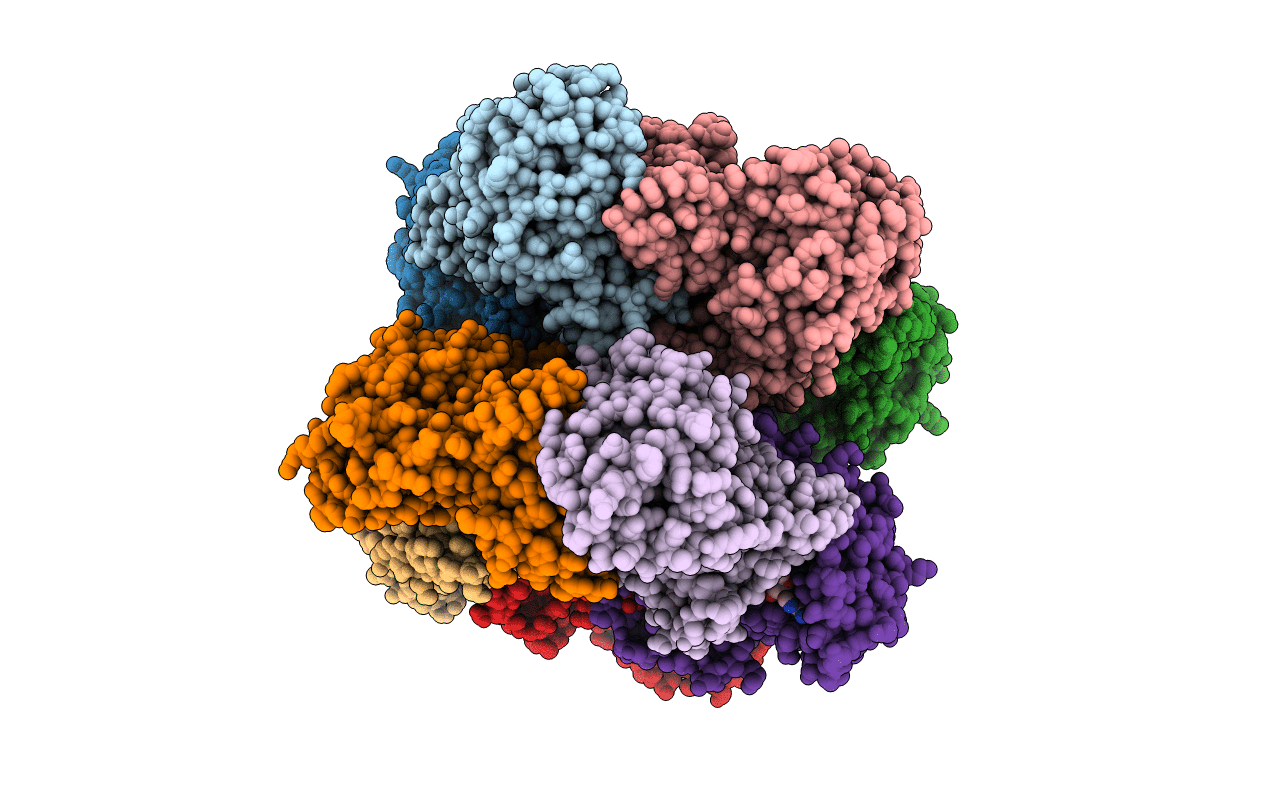
Deposition Date
2020-08-07
Release Date
2021-08-11
Last Version Date
2023-11-29
Entry Detail
Biological Source:
Source Organism:
Drosophila melanogaster (Taxon ID: 7227)
Host Organism:
Method Details:
Experimental Method:
Resolution:
2.12 Å
R-Value Free:
0.24
R-Value Work:
0.19
R-Value Observed:
0.20
Space Group:
C 1 2 1


